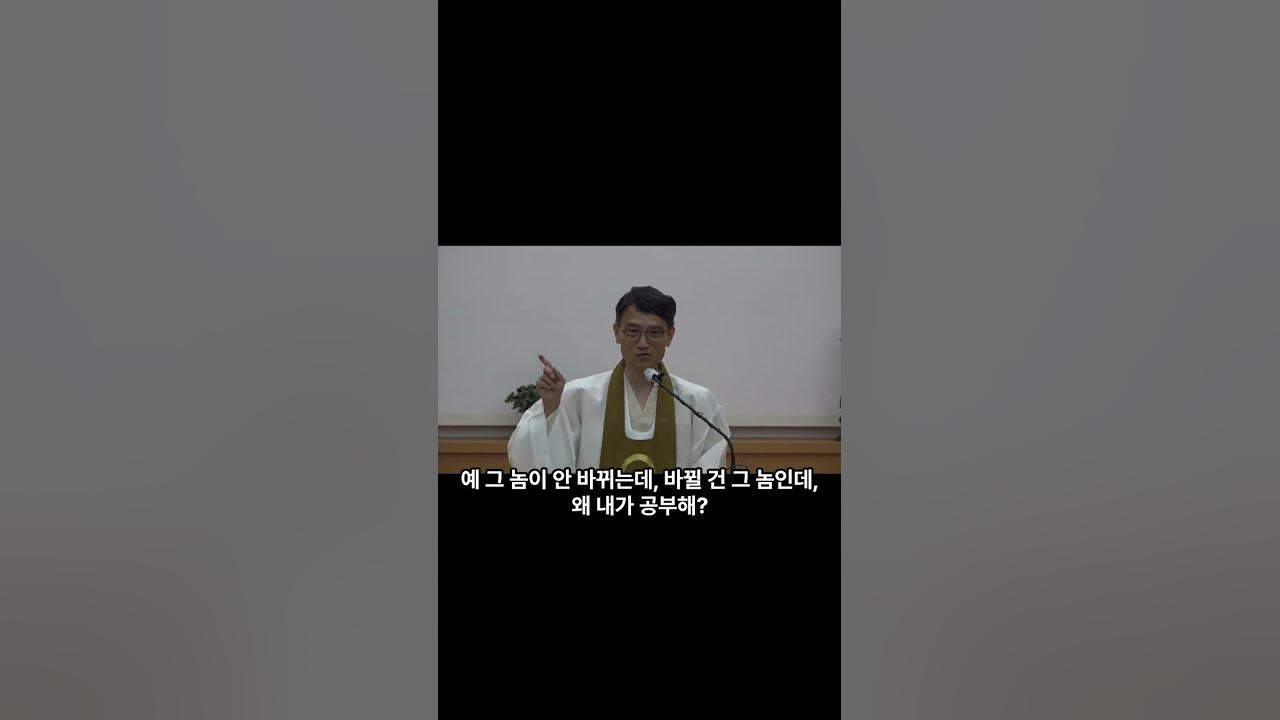Think before you speak, hacking the secret of communication | Catherine Molloy | TEDxEnniskillen
Summary
TLDRThe speaker emphasizes the importance of conscious communication to prevent misinterpretations and conflicts. Through personal anecdotes and the 'power of three' framework—body language, mindfulness, and understanding behaviors—she illustrates how being aware of our actions and reactions can lead to more effective and harmonious interactions. The talk encourages embracing these tools to enhance personal and professional relationships, advocating for a more mindful and present approach to communication.
Takeaways
- 🗣️ Communication is often misunderstood due to unspoken thoughts or non-verbal cues that can lead to miscommunication.
- 🤔 The importance of being conscious of how we are perceived lies in understanding that our body language and tone can convey messages differently than what we intend.
- 👫 In relationships, even small misunderstandings like a nod or a tense expression can escalate into larger conflicts if not addressed consciously.
- 🚗 The story of the car ride illustrates how split-second reactions without clear communication can lead to unnecessary arguments.
- 🔄 Miscommunication often starts with assumptions we make about others' intentions without verifying through conscious dialogue.
- 💡 The 'power of three' concept is introduced as a tool to improve communication: understanding body language, being mindful, and recognizing behaviors.
- 🤝 Conscious communication involves aligning our words with our actions to prevent silent misunderstandings and to foster clearer connections.
- 🧘♀️ Mindfulness is key in communication, urging us to be aware of our own reactions and the context in which we communicate.
- 👥 Understanding our behaviors, especially under pressure, can help us predict and manage our responses in conversations for better outcomes.
- 🌐 The Conscious Connection Framework is presented as a method to improve communication by leveraging body language, mindfulness, and behavior understanding.
- 😊 A simple act like smiling can make a significant difference in how we connect with others and can be a part of conscious communication.
Q & A
What is the main issue with communication as discussed in the script?
-The main issue with communication is that people often feel they have communicated when they haven't, leading to miscommunication. This can occur through non-verbal cues like nods or winks, which may not convey the intended message.
What is the 'power of three' mentioned in the script?
-The 'power of three' refers to the three tools or aspects of communication that can help reduce miscommunication: body language, mindfulness, and understanding behaviors.
How does the speaker illustrate the concept of miscommunication in the script?
-The speaker uses a personal anecdote about a misunderstanding with her husband while driving, where she tensed up, thinking he wanted to change lanes, and he thought she was reacting negatively to his driving.
What is the significance of being mindful in communication according to the script?
-Being mindful is significant because it involves being aware of oneself, the person being communicated with, and the context of the conversation. This awareness helps in preventing miscommunication and reacting appropriately.
Why is understanding one's own behaviors important in the context of the script?
-Understanding one's own behaviors is important because it helps individuals recognize how they react under pressure and in different situations, enabling them to adjust their responses and communicate more effectively.
What is the 'Conscious Connection Framework' mentioned by the speaker?
-The 'Conscious Connection Framework' is a concept created by the speaker in 2017 that emphasizes the importance of conscious communication, using body language, mindfulness, and understanding behaviors to improve communication.
How does the speaker suggest we can improve our communication skills?
-The speaker suggests improving communication skills by being more present, consciously communicating, being aware of body language, practicing mindfulness, and understanding behaviors to create a level playing field for effective communication.
What role does body language play in the communication process as per the script?
-Body language plays a crucial role in communication as it can convey messages without words. However, it can also miscommunicate easily if not used mindfully, creating a domino effect in conversations and life.
Why is it important to reflect on our actions and reactions during communication?
-Reflecting on our actions and reactions is important because it helps us understand the impact of our behavior on communication. It allows us to correct misunderstandings and improve our interactions with others.
What is the impact of miscommunication on personal and professional relationships as suggested in the script?
-Miscommunication can lead to conflicts and strained relationships, both personal and professional. It can cause unnecessary arguments, misunderstandings, and even sever ties with family members, jobs, or friends.
How can we apply the insights from the script to daily life to reduce miscommunication?
-We can apply the insights by being more conscious of our body language, practicing mindfulness during conversations, understanding our behaviors and reactions, and reflecting on our communication to ensure it is clear and effective.
Outlines

This section is available to paid users only. Please upgrade to access this part.
Upgrade NowMindmap

This section is available to paid users only. Please upgrade to access this part.
Upgrade NowKeywords

This section is available to paid users only. Please upgrade to access this part.
Upgrade NowHighlights

This section is available to paid users only. Please upgrade to access this part.
Upgrade NowTranscripts

This section is available to paid users only. Please upgrade to access this part.
Upgrade NowBrowse More Related Video

Three Steps to Better Conversations

Listen to relate not to respond | Brigitta Hoeferle | TEDxFrankfurt

The Art of Communicating (Summary) | Master Communication

The Antidote to Anger | Mike Goldman | TEDxGainesville

마음공부가 필요해(질문: 상대가 변하지 않는데, 나만 마음공부 하면 뭐해요?) 원불교 훈산 전도연교무 질의응답

Top 5 Tips to Improve Communication Skills | Soft Skills For Beginners | Soft Skills | Simplilearn
5.0 / 5 (0 votes)